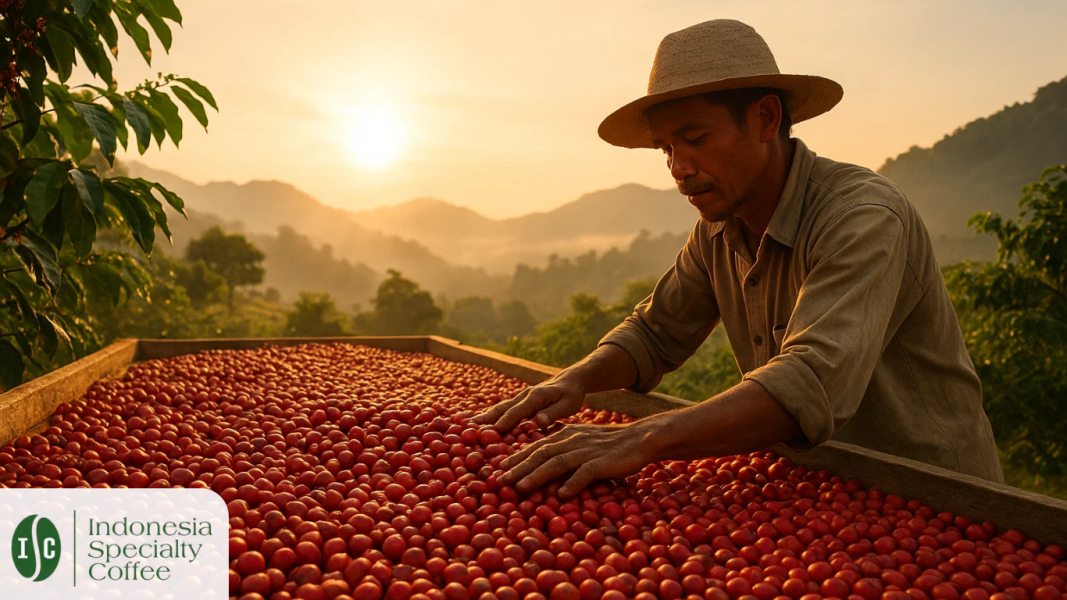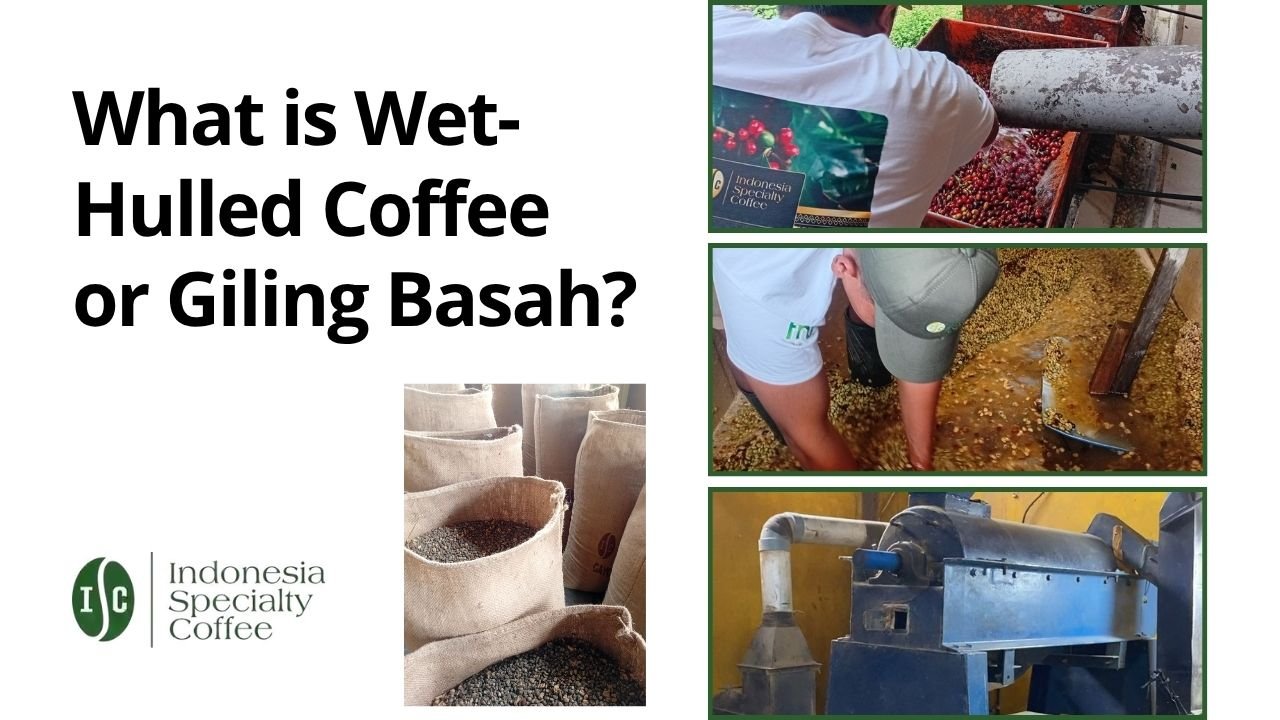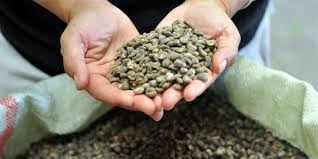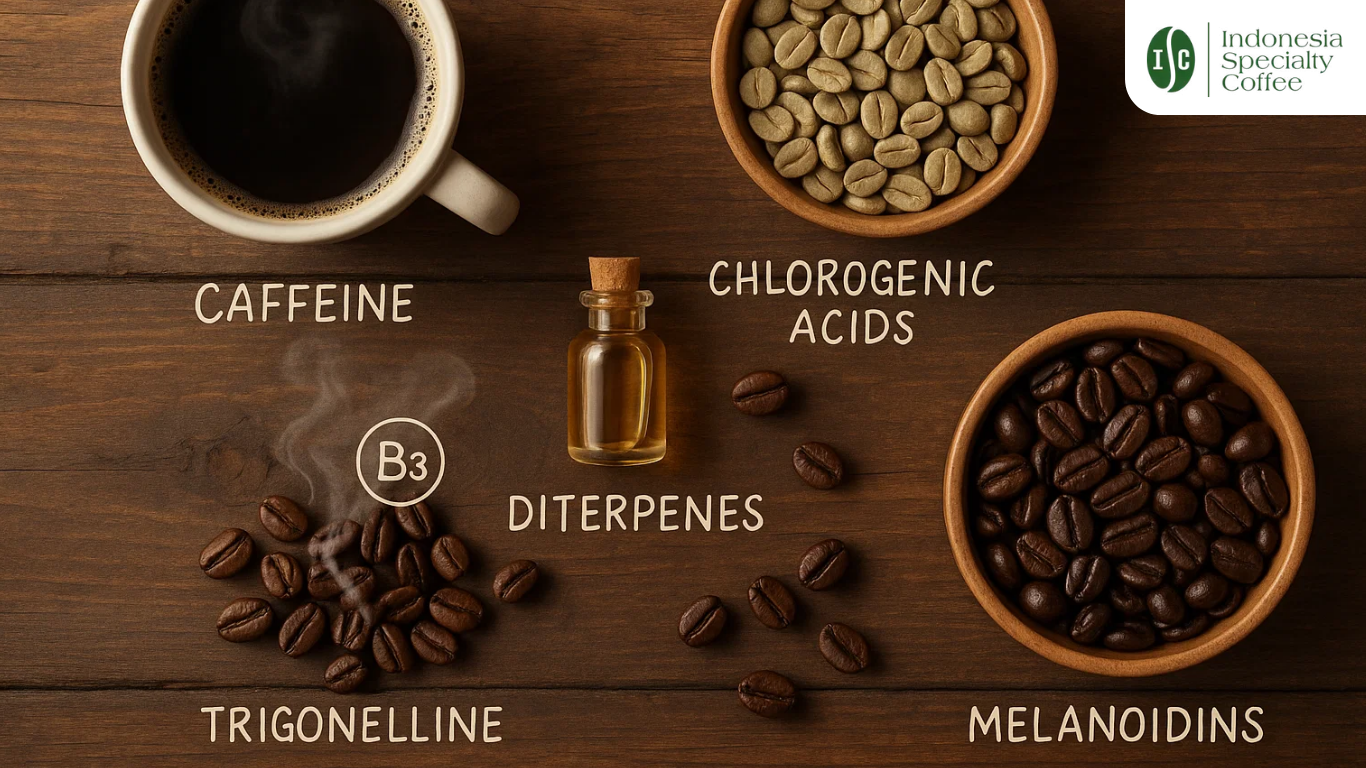Post-harvest coffee fermentation is one of the most fascinating — and flavor-defining — steps in the journey from cherry to cup. It was a quiet morning in Aceh Gayo, and as the sun rose over the highlands, a farmer turned over heaps of freshly picked coffee cherries, their sweet scent mingling with the mountain air. Little did he know, millions of invisible microbes were already hard at work — breaking down sugars, crafting acids, and unlocking the very flavors that would later bloom in your cup. This process, known as post-harvest fermentation, plays a crucial role in coffee’s final taste — transforming raw beans into liquid gold.
Whether you love a crisp, clean brew or a bold, fruity explosion, it all starts here — in the mysterious microbial world of fermentation. So, what really happens after the harvest, and how do microbes shape the coffee we love?
Let’s dive in.
What Is Post-Harvest Coffee Fermentation?
Imagine fermentation as nature’s quiet alchemy. Once coffee cherries are harvested, they go through a vital transformation stage: fermentation. During this time, microbes like yeast and bacteria break down the sticky mucilage layer surrounding the bean.
This isn’t just a cleaning step. It’s a flavor makeover. The outcome depends on several factors:
- Bean variety
- Temperature and pH
- Humidity and fermentation time
- Oxygen availability
Each variable tweaks the final flavor — making the difference between a bright floral cup and one that tastes like overripe fruit.
Explore how coffee processing methods affect taste in more detail.
Microbial Communities in Post-Harvest Fermentation
Behind the scenes, an entire ecosystem of microorganisms works together. Each species contributes unique enzymes and compounds that impact flavor.
🌿 Yeasts:
- Saccharomyces, Pichia, Candida
- Help create fruity esters and alcohols
🧪 Bacteria:
- Lactic acid bacteria like Lactobacillus & Leuconostoc
→ Promote clean acidity and creamy mouthfeel - Acetic acid bacteria
→ Add brightness — but too much can lead to sour, vinegary notes
🍄 Fungi:
- Occasionally Aspergillus ou Penicillium (usually unwanted)
As fermentation progresses, microbial dominance shifts:
- Early stages: aerobic species thrive
- Later stages: anaerobic species take over
This succession is shaped by processing style — washed, natural, honey, or anaerobic — as well as climate, altitude, and local practices.
Flavor Chemistry of Post-Harvest Coffee Fermentation
At a molecular level, microbes break down sugars and amino acids, producing a variety of flavor-active compounds:
- Lactic acid → roundness, silkiness
- Acetic acid → lively acidity (too much = vinegar)
- Ethanol and glycerol → body and sweetness
- Esters → fruity, tropical aromas
- Aldehydes & ketones → floral and spicy notes
This chemical dance lowers pH, boosts enzyme activity, and softens mucilage — preparing the beans for drying and roasting.
For more on the chemical makeup of coffee, dive into our guide.
Processing Methods: How Fermentation Changes Flavor Profiles
Each post-harvest method creates a different stage for microbes to perform:
☕ Washed (Wet) Fermentation
- Microbes act in controlled water-based environments
- Yields clean, crisp profiles — common in Sumatran coffees
🍇 Natural (Dry) Fermentation
- Cherries dried whole, with longer exposure to sugars
- Results in bold, fruity, wine-like flavors
- Popular in Ethiopian and Bali lots
🍯 Honey Process
- Mucilage partially left on
- Balanced sweetness and acidity
🧪 Anaerobic Fermentation
- Sealed tanks slow down microbial growth
- Enhances complexity, often found in Colombian experiments
Taste the Science: What You’re Sensing in the Cup
Let’s connect fermentation to your senses:
| Microbial Byproduct | Sensory Impact |
|---|---|
| Lactic Acid | Silky, round body |
| Esters | Passionfruit, pineapple, floral |
| Acetic Acid | Bright tang (or sharp sourness) |
| Ethanol & Glycerol | Weighty sweetness, syrupy feel |
Poor fermentation can also create off-notes:
- Moldy or musty taste
- Harsh sourness
- “Potato” defect (often from Pseudomonas)
To truly appreciate these nuances, try cupping with a trained Q-grader or explore our guide to at-home coffee roasting for hands-on flavor discovery.
How Do We Study All This?
Modern coffee science uses three main lenses:
Microbiological:
- Culture plates
- Metagenomics (DNA analysis of entire microbial populations)
Chemical:
- GC-MS (Gas Chromatography-Mass Spectrometry) for aroma compounds
- HPLC (High-Performance Liquid Chromatography) for organic acids
Sensory:
- Cupping sessions
- Descriptive analysis by trained panels
This fusion of biology, chemistry, and sensory art is helping shape the next era of precision fermentation.
Innovation in the Fermenter: Case Studies
Across the globe, farmers and scientists are redefining fermentation:
- Éthiopie: natural processes bring vibrant berry and floral notes
- Colombia: anaerobic tanks elevate complexity
- Panama: carbonic maceration (borrowed from winemaking) creates unique fruit-bomb coffees
- Indonésie: Aceh Gayo et Sumatra Lintong farmers experiment with microbial starters and yeast inoculation
By collaborating with microbiologists, producers can track fermentation in real time — unlocking consistent, custom flavor profiles.
The Future of Flavor Lies in Fermentation
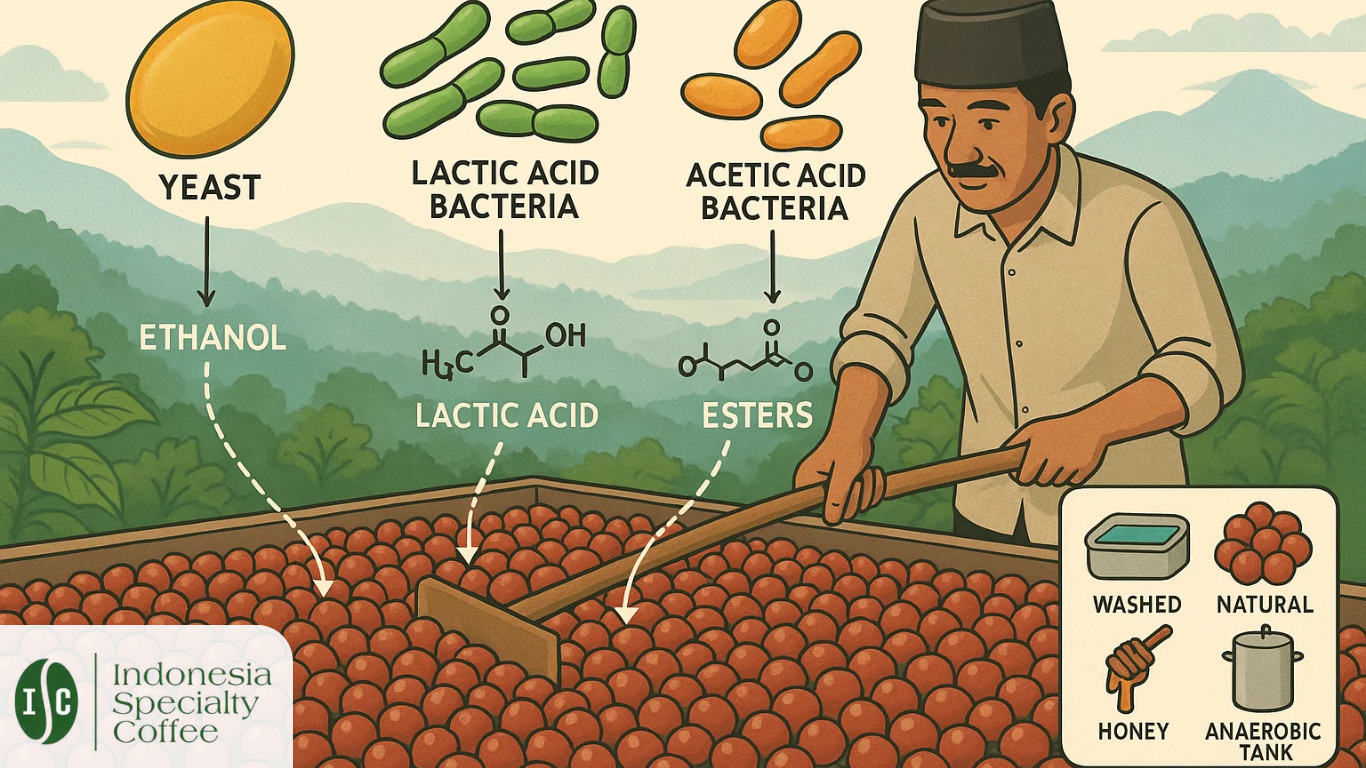
Post-harvest fermentation is more than a step in processing — it’s the heart of flavor creation. When guided with care, microbial dynamics can amplify sweetness, body, aroma, and complexity.
But the secret lies in balance. Push too far, and you risk losing clarity. Get it right, and you can turn a good cup into an unforgettable one.
So next time you enjoy a perfectly balanced Gayo Delight, think of the tiny microbes that made it possible.
Curious about how your coffee was fermented? Ask your roaster. You might discover a whole new world behind your brew.
Want to explore more about fermentation and flavor?
Check out our deep dives on coffee processing methods et home roasting.
Ready to taste the difference?
Explore our full selection of Indonesian Arabica coffees.

